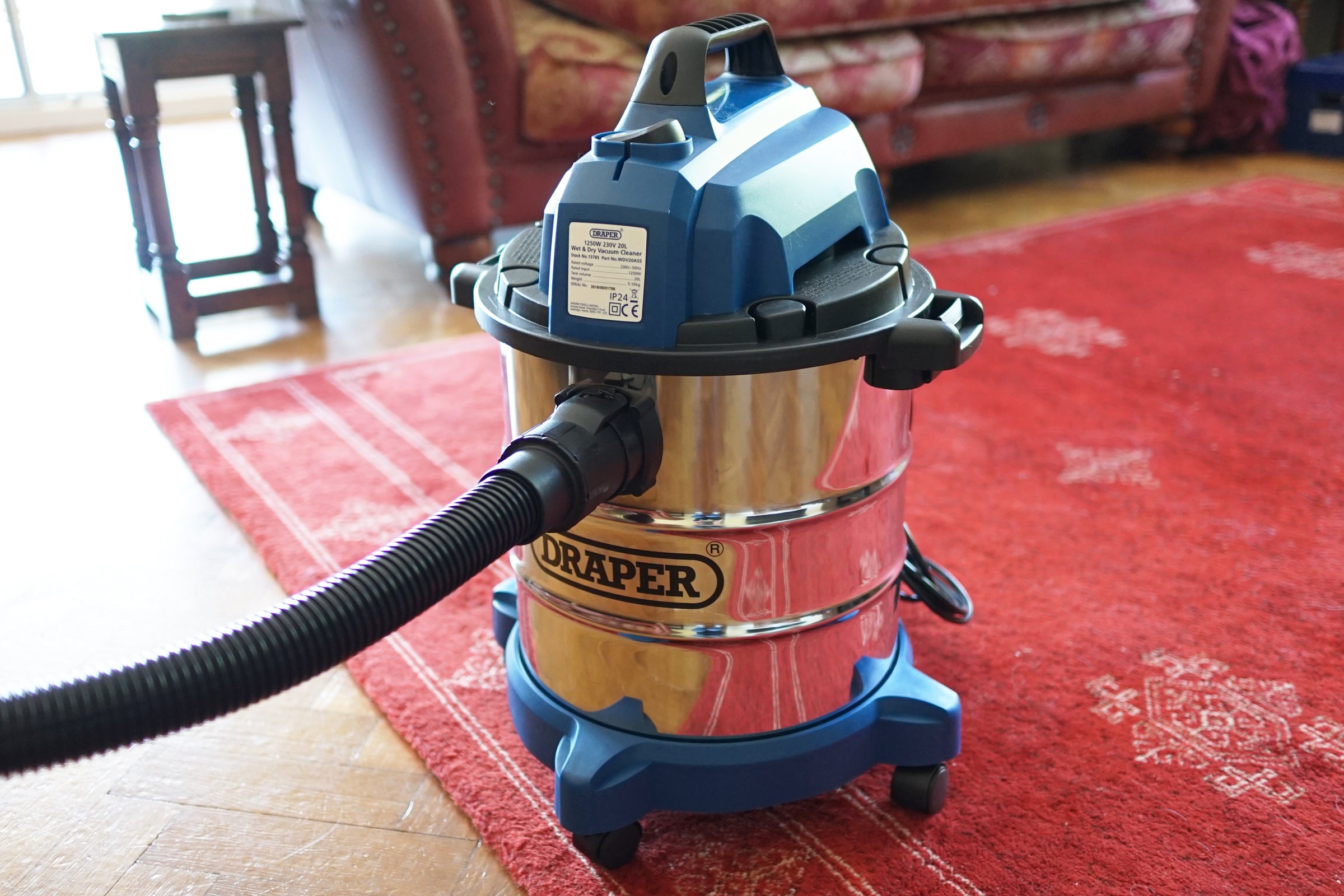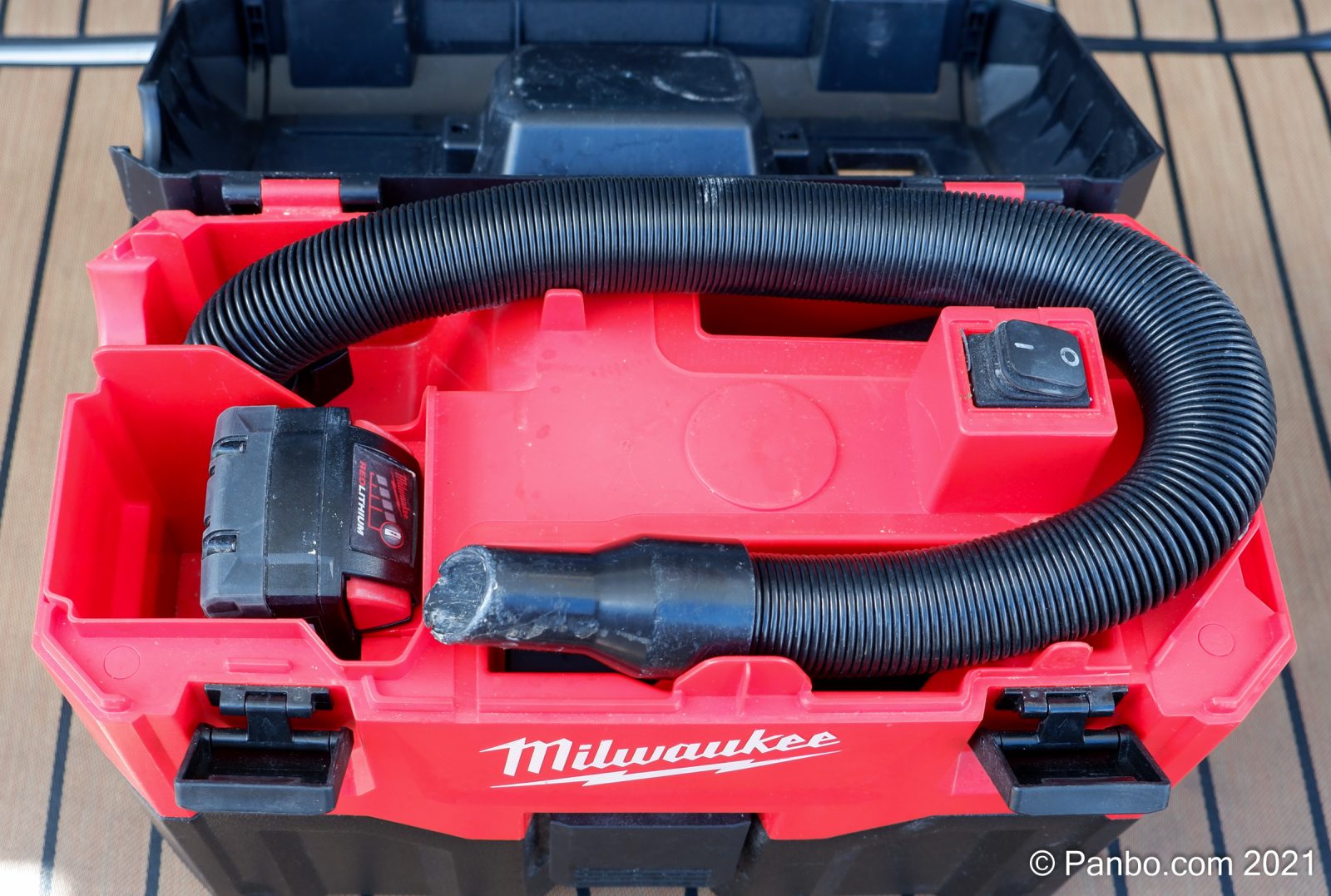1. Use a Plunger
If your kitchen sink is clogged, the first thing you should try is using a plunger. This common household tool is effective in removing blockages caused by food scraps, grease, or other debris. To use a plunger, fill the sink with enough water to cover the plunger's rubber cup. Then, place the plunger over the drain and push up and down vigorously. The suction created by the plunger will help to dislodge the blockage and allow water to flow freely again.
2. Pour Boiling Water Down the Drain
If the plunger doesn't work, try pouring a pot of boiling water down the drain. This method is especially effective if the blockage is caused by grease or oil buildup. The hot water will help to melt and flush away any grease that may be causing the clog. However, be careful not to use this method on PVC pipes as the high temperature can cause damage.
3. Use a Mixture of Baking Soda and Vinegar
For a more natural approach, try using a mixture of baking soda and vinegar to unclog your kitchen sink. Start by pouring half a cup of baking soda down the drain, followed by half a cup of vinegar. The mixture will create a chemical reaction that can help to break down and dissolve the blockage. Let it sit for about 30 minutes, then flush it down with hot water.
4. Try a Drain Snake
If the blockage is too stubborn for a plunger or natural remedies, a drain snake can come in handy. This tool, also known as a plumber's snake, is a long, flexible metal cable with a small auger on one end. Insert the auger into the drain and turn the handle to break up the blockage. Once the blockage is cleared, run hot water down the drain to flush away any remaining debris.
5. Use a Chemical Drain Cleaner
If all else fails, you can try using a chemical drain cleaner to unblock your kitchen sink. These products contain strong chemicals that can dissolve and break down tough blockages. However, they can also be harmful to your pipes and the environment, so use them sparingly and carefully. Follow the instructions on the label and wear protective gloves and eyewear when handling the product.
6. Remove and Clean the P-Trap
The P-trap is a curved section of pipe located under your sink that is designed to prevent sewer gases from entering your home. It can also collect debris and become clogged over time. To remove and clean the P-trap, place a bucket underneath to catch any water and use pliers to loosen the slip nuts on either side of the trap. Once removed, clean out any debris and reattach the trap.
7. Use a Wet/Dry Vacuum
If you have a wet/dry vacuum, you can use it to suck out any blockages in your kitchen sink. First, create a tight seal around the drain with a plunger or cloth. Then, use the vacuum to suck out the clog. This method is especially effective for removing solid objects like utensils or toys that may have accidentally fallen into the drain.
8. Try a Combination of Salt, Baking Soda, and Vinegar
For a more powerful natural remedy, you can try a combination of salt, baking soda, and vinegar. Mix half a cup of each ingredient and pour it down the drain. Let it sit for a few hours or overnight, then flush it down with hot water. Salt acts as an abrasive, while baking soda and vinegar create a foaming action that can help to unclog your kitchen sink.
9. Use a Plumbing Snake
A plumbing snake is a longer and more heavy-duty version of a drain snake. It is typically used by professional plumbers to clear stubborn blockages. You can rent one from a hardware store or hire a professional to use it for you. However, be cautious when using this tool as it can cause damage to your pipes if not used properly.
10. Call a Professional Plumber
If all else fails, it's best to call a professional plumber to unblock your kitchen sink. They have the necessary tools and expertise to safely and effectively remove any blockages and ensure that your pipes are not damaged in the process. While it may be a more expensive option, it can save you time and hassle in the long run.
Don't let a clogged kitchen sink disrupt your daily routine. Try these top 10 methods to unblock your kitchen sink and maintain a clean and functional kitchen. Remember to regularly clean your drain to prevent future blockages and always dispose of food scraps properly to avoid clogs. A little maintenance can go a long way in keeping your kitchen sink free from blockages.
The Importance of Keeping Your Kitchen Sink Unclogged

Why is an Unclogged Kitchen Sink Necessary?
 A clogged kitchen sink can be a huge inconvenience and can disrupt your daily routine. It can also lead to unpleasant odors, bacteria growth, and even damage to your plumbing system. Moreover, a clogged sink can cause water to back up and overflow, creating a messy and unsanitary situation. This is why it is crucial to address a clogged kitchen sink as soon as possible.
A clogged kitchen sink can be a huge inconvenience and can disrupt your daily routine. It can also lead to unpleasant odors, bacteria growth, and even damage to your plumbing system. Moreover, a clogged sink can cause water to back up and overflow, creating a messy and unsanitary situation. This is why it is crucial to address a clogged kitchen sink as soon as possible.
The Best Way to Unblock Your Kitchen Sink
 There are many different methods and products available in the market claiming to unblock a kitchen sink. However, the best way to unblock your kitchen sink is by using natural and safe methods that do not cause harm to your pipes or the environment. Here are some effective and eco-friendly ways to unclog your kitchen sink:
There are many different methods and products available in the market claiming to unblock a kitchen sink. However, the best way to unblock your kitchen sink is by using natural and safe methods that do not cause harm to your pipes or the environment. Here are some effective and eco-friendly ways to unclog your kitchen sink:
1. Baking Soda and Vinegar
This classic combination is not just for baking, but it can also be used to unclog your kitchen sink. Start by pouring half a cup of baking soda down the drain, followed by half a cup of vinegar. Let it sit for 15 minutes, and then pour hot water down the drain to flush out any remaining debris.
2. Boiling Water
Sometimes, all you need to do is pour a pot of boiling water down the drain to loosen up any blockages. This method is especially effective if the sink is clogged due to grease or oil buildup.
3. Plunger
Using a plunger can also help to unclog a kitchen sink. First, fill the sink halfway with hot water, then place the plunger over the drain and push and pull vigorously to create suction. This should help to dislodge any blockages.
4. Plumbing Snake
If the above methods do not work, you can try using a plumbing snake. Insert the snake into the drain and twist it to break up any clogs. Then, pull out any debris and run hot water down the drain to flush it out.
Preventative Measures to Keep Your Kitchen Sink Unclogged
 Prevention is always better than cure, and there are some simple steps you can take to prevent your kitchen sink from getting clogged in the first place. Avoid pouring grease, oil, or coffee grounds down the drain, as they can solidify and cause blockages. Also, use a sink strainer to catch any food scraps and regularly clean it out to prevent buildup.
Prevention is always better than cure, and there are some simple steps you can take to prevent your kitchen sink from getting clogged in the first place. Avoid pouring grease, oil, or coffee grounds down the drain, as they can solidify and cause blockages. Also, use a sink strainer to catch any food scraps and regularly clean it out to prevent buildup.
In conclusion, a clogged kitchen sink can be a major inconvenience, but with these natural and eco-friendly methods, you can easily unblock it without causing any harm. Remember to also take preventative measures to keep your kitchen sink unclogged and functioning properly.














.jpg?time=1689761045394)
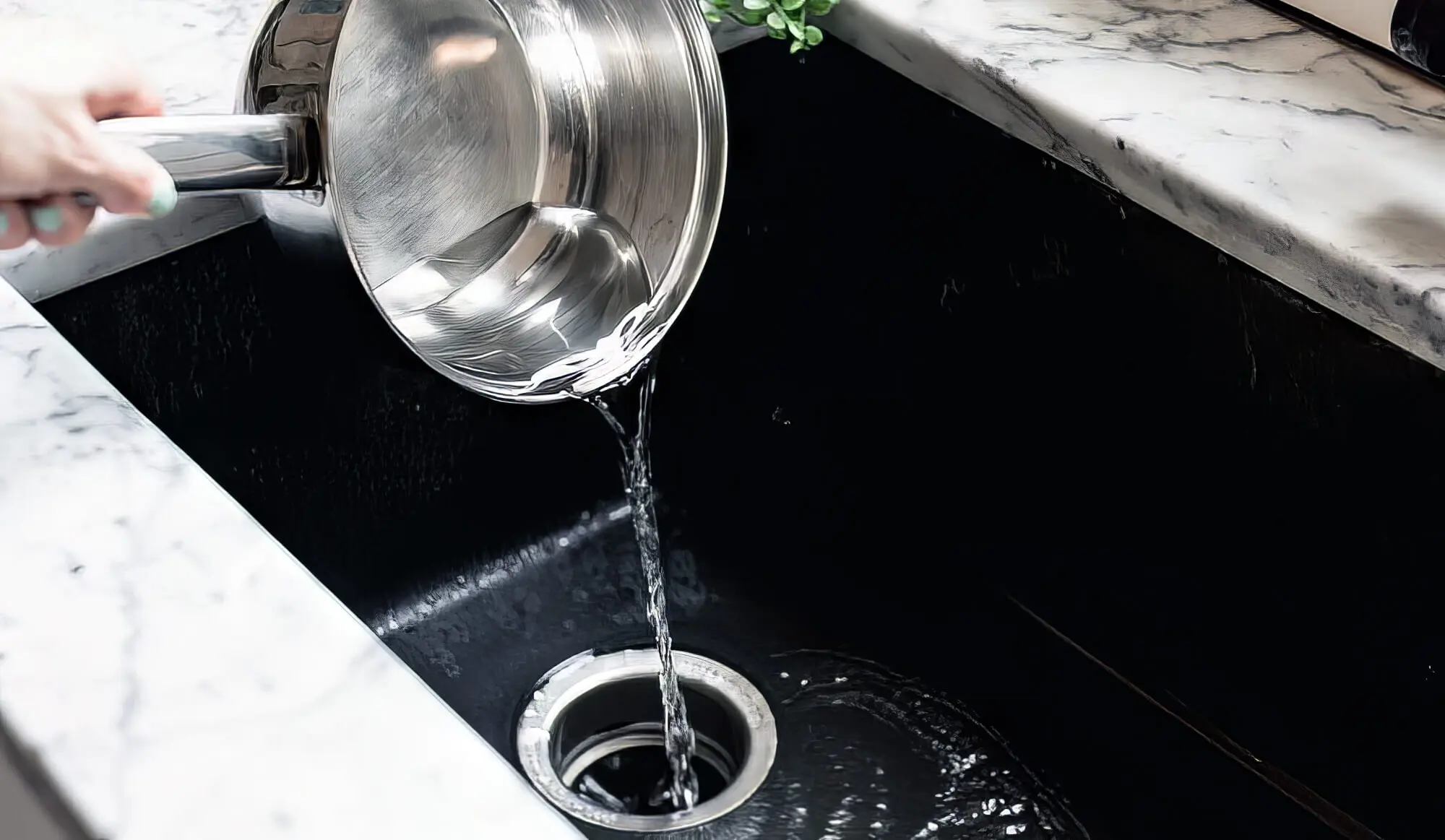



:max_bytes(150000):strip_icc()/GettyImages-1459148353-279aed56a15749c2a7310a882dbe3571.jpg)











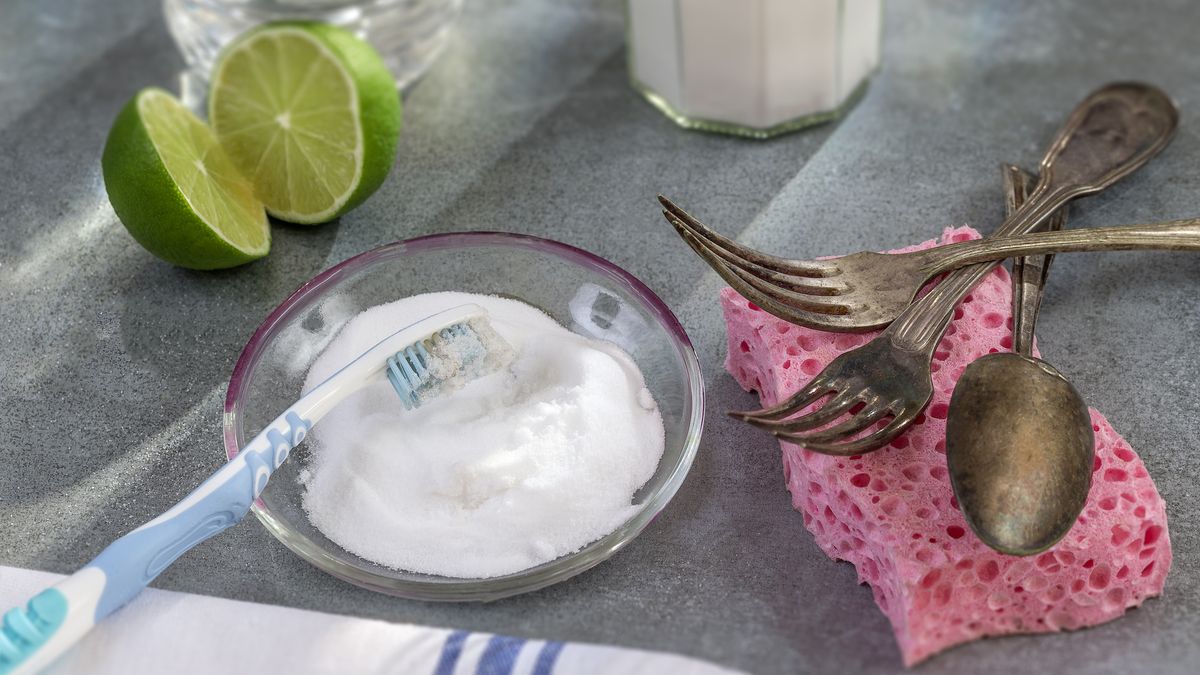
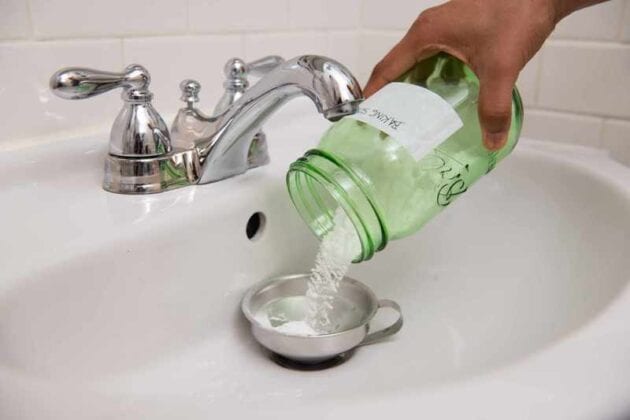









:max_bytes(150000):strip_icc()/Vastar-4-Pack-Drain-Snake-50b0e77281b244e386d046ca25ba76b6.jpg)

























